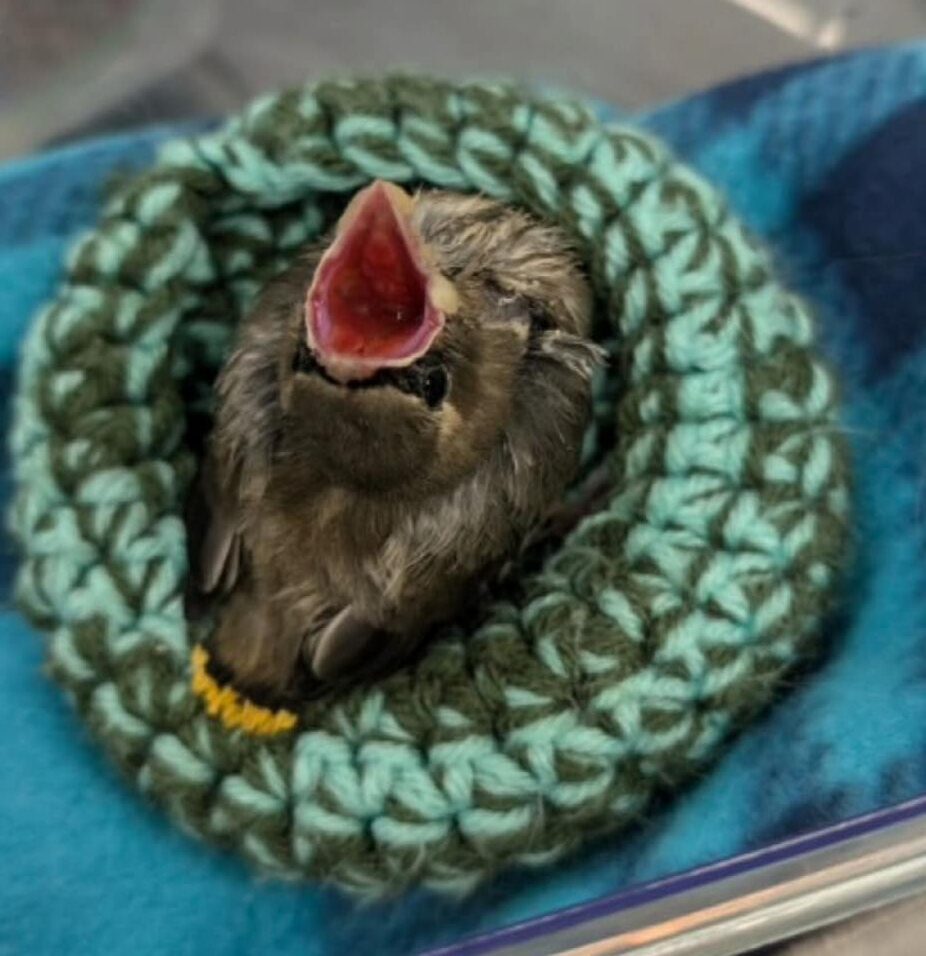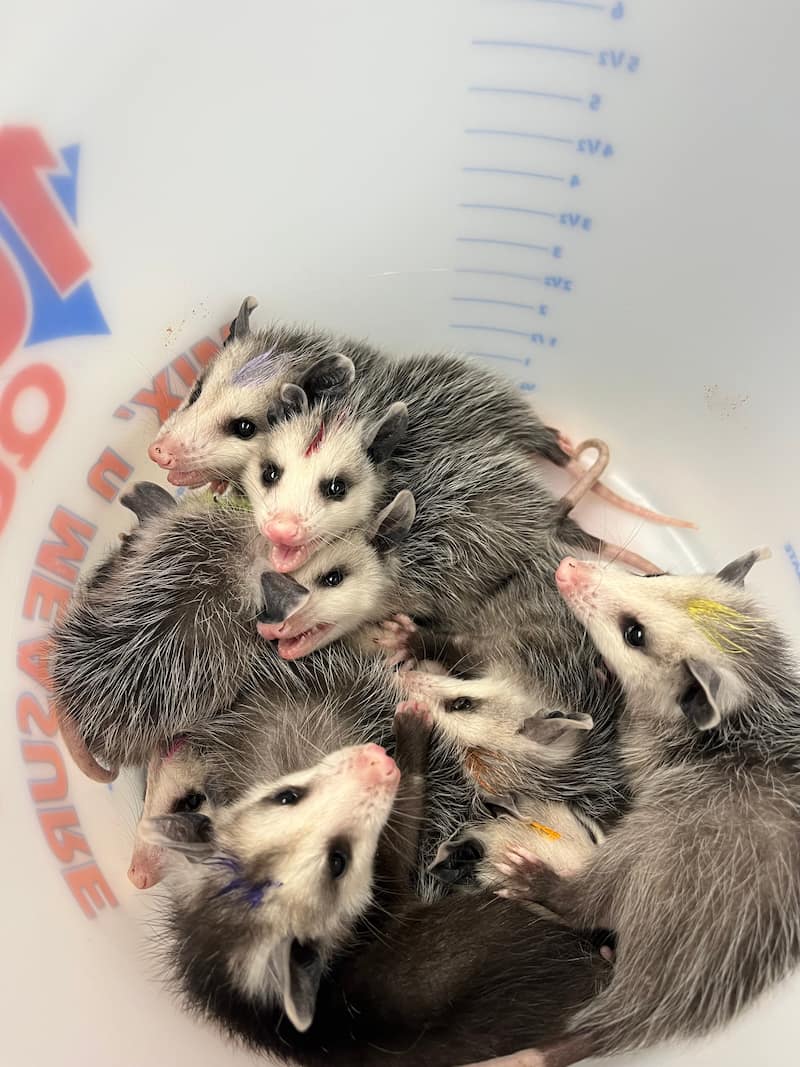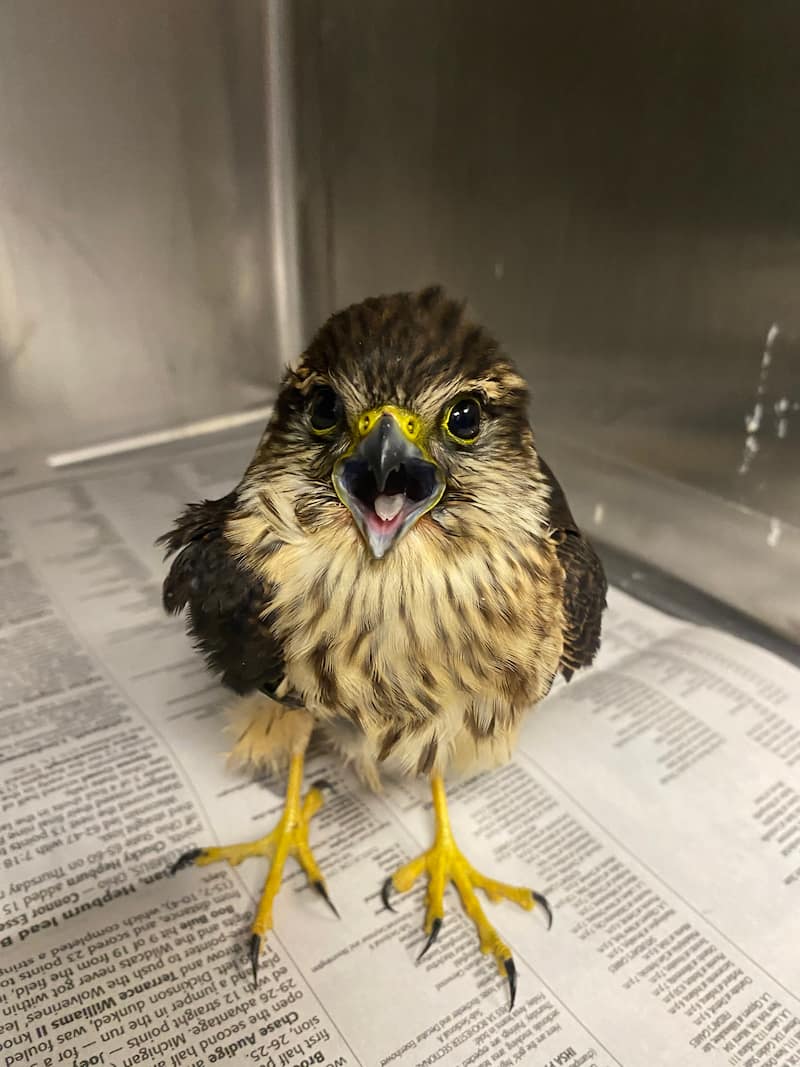As the snow melts and temperatures increase, Illinois will once again become alive with the sights, scents, and sounds of spring. Hibernating animals will emerge, butterflies and bees will be busy at work collecting pollen, and the musical tunes of songbirds will fill the air.
Here are some things you can do outside your home this spring to help your local wildlife:
1. Plant Flowers that will attract pollinators.
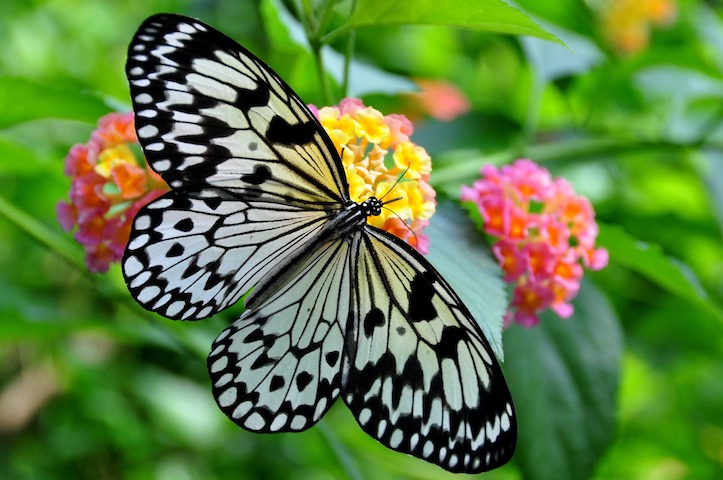
Pollinators, such as butterflies and bees, serve a crucial role in our ecosystem. Without their hard work of spreading pollen from plant to plant, we wouldn’t be able to experience the beauty of a field of spring flowers, or enjoy the famous Illinois crops of corn and soybeans in the fall harvest.
To attract butterflies to your garden, plant large clusters of vibrantly colored flowers with strong aromas (since butterflies are attracted to both scent and sight). Some flowers recommended by the Illinois Department of Natural Resources, includes black-eyed susans (Rudbeckia hirta), butterfly-weed (Asclepias tuberosa), and yellow coneflower (Ratibida pinnata). For a full list of flowers and advice on how to transform your garden into a butterfly garden, visit https://www2.illinois.gov/dnr/education/pages/plantlistbutterfly.aspx.
2. Avoid use of pesticides, herbicides, and insecticides.
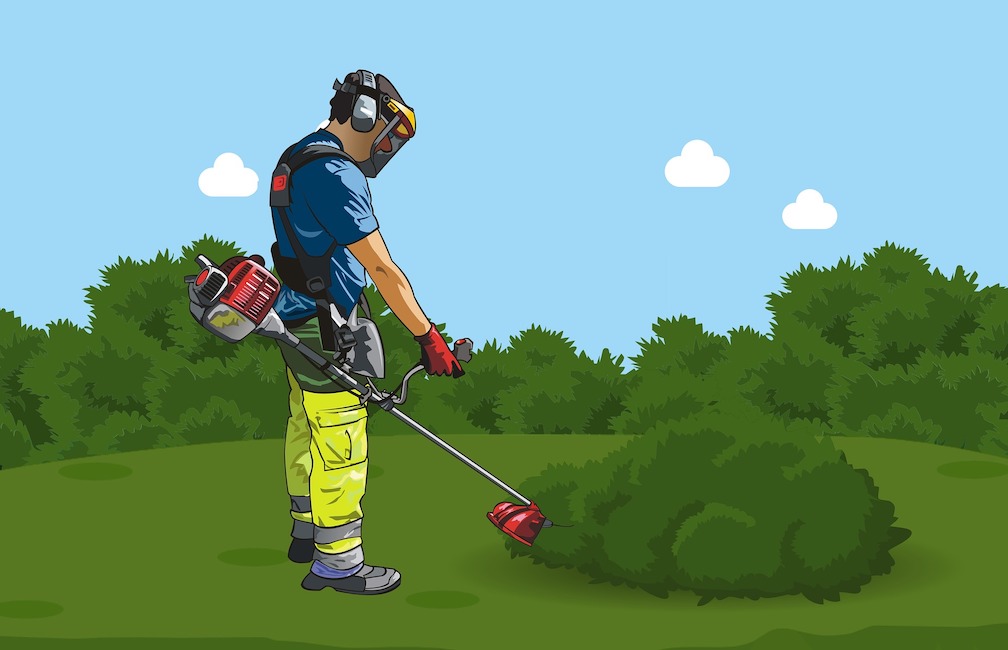
Use of these chemicals may prevent your plants from being devoured by certain insects, but these pests aren’t the only creatures that may come across your garden. If other wildlife, including birds, rabbits, bees, and reptiles ingest a plant contaminated with chemicals, they could become very ill and die. The best way to protect both your local wildlife and plants is to remove weeds yourself and attract wildlife that are natural predators to the pests in your garden. To learn more information on beneficial insects, check out https://www.nwf.org/Magazines/National-Wildlife/2010/Enticing-Predators-to-Patrol-Your-Garden.
3. Provide basic needs: food, water, and shelter.
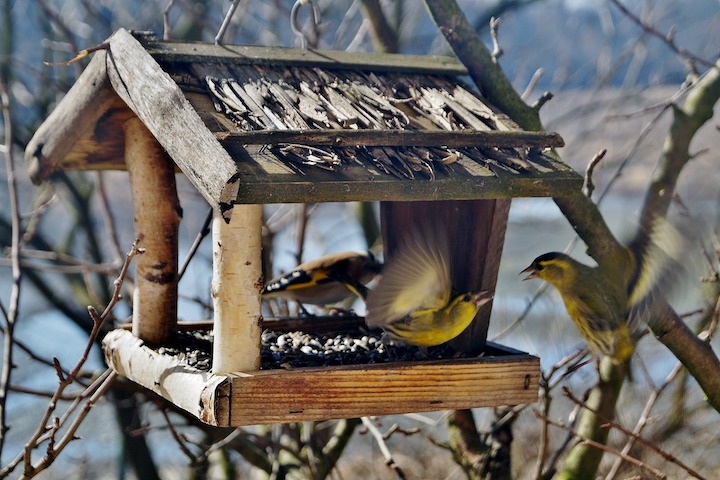
Just like we need food, water, and shelter, wildlife also need these basic necessities. To attract birds to your garden, you can install a simple bird feeder with wild bird food purchased at a store near you! Additionally, birds enjoy access to a clean bird bath so they can drink water and clean their feathers (to remove dirt, loose feathers, and parasites). However, since birds are prey animals, it is best to position these items (feeder, bath, and bird houses) at a distance from humans so the birds can appreciate them without being afraid or stressed.
Furthermore, wild mammals like deer, rabbits, and opossums, prefer having shrubs and bushes planted around the property, so they can quickly retreat to safety if they sense a predator nearby. Unlike birds, please do not feed wild mammals! By feeding these creatures, it can cause them to become habituated and not fear humans, which also prevents them from being able to fend for themselves.

Here at the University of Illinois Wildlife Medical Clinic, we ensure that creatures in our care are provided with environments that match their natural habitats. Since we can’t place a bush or shrub in a cage for an opossum to hide in during recovery, we provide plenty of blankets and a crawl through cloth hide-a-away. For our bird patients, we provide a perch for them to rest on and mimic the diets of plants and insects that they would eat in the wild. We also avoid any unnecessary human interaction to prevent animals, especially young animals, in our care from becoming habituated with humans. This assures these animals can return safely to the wild once they have fully recovered.
By following this simple advice, it allows us to ensure a safe and healthy environment where wildlife can live and where any of our patients can be released. Let’s work together so we can enjoy the sights, scents, and sounds of spring for generations to come!

